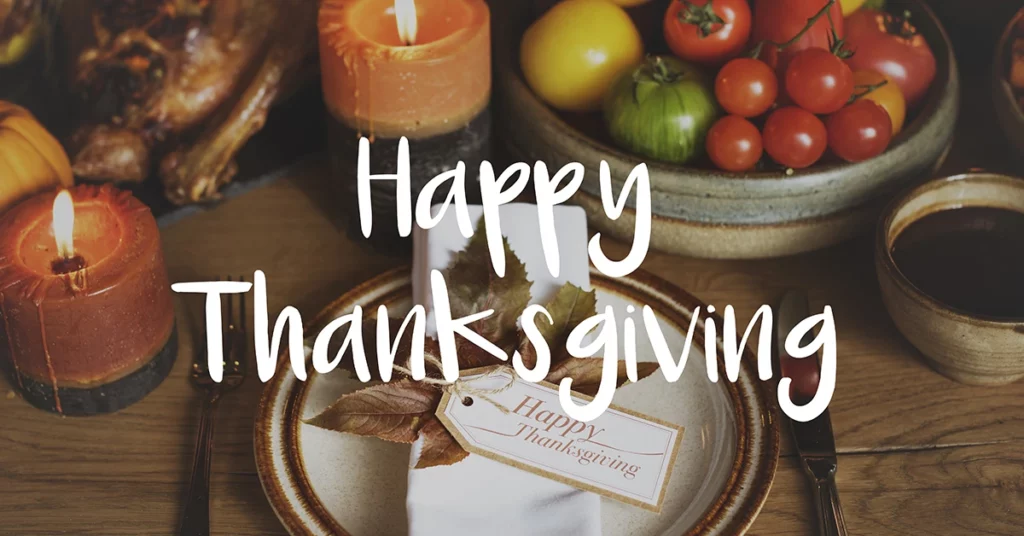
Moonpreneur
The chipper and carnivalesque atmosphere high on feasts evoking myriad moods of merry-making and shopping with family and friends mark the arrival of Thanksgiving and Black Friday.
If Thanksgiving revolves around family fiestas where love and laughter surround dining tables laid with lip-smacking food at lavish luncheons and grand dinners prepared with turkeys, cranberries, and pumpkins, BlackFriday is about thronging high streets, shopping malls, markets, and enjoying shopping hauls.
The festivals, celebrated with enthusiasm in the United States and Canada, entail an equally interesting historical and cultural significance.
The short and crisp historical relevance of Thanksgiving
Thanksgiving is always celebrated on the fourth Thursday in November, followed by Black Friday.
When was the first Thanksgiving Celebrated?
Research on Thanksgiving reveals that it is based on the colonial Pilgrims’ 1621 harvest meal.
Historians believe that the first Thanksgiving took place when the Mayflower pilgrims who founded the Plymouth Colony in Massachusetts sat down for a three-day meal with the Wampanoag, says an article on National Geographic.

The historians testify that Thanksgiving went through various phases till 1941 when the US Congress passed a joint resolution that established the last Thursday in November as Thanksgiving Day.
Thanksgiving Facts
If the celebrations have gone through changes, the menu has also evolved but one thing that has remained constant is the Turkey that still takes centerstage. If you will sift through the history pages, you will find out that the 1621 harvest celebration had a menu of venison, corn, shellfish, cornmeal, beans, nuts, dried berries, pumpkin—and, yes, turkey.
So, Turkey is one of the Thanksgiving dishes that can easily be traced to the first Thanksgiving.
How Black Friday came into being: Historical context
Black Friday, which comes close on the heels of Thanksgiving, too has a history. The first mention of Black Friday was in 1869 after financier Jay Gould and railway businessman James.
Fisk attempted to corner the gold market, which ultimately resulted in financial panic and the collapse of the market. Of course, it has nothing to do with the current version of Black Friday.

The true origin of the post-Thanksgiving Black Friday lies in the sense of black meaning “marked by disaster or misfortune.”
Black Friday Facts
In the 1950s, factory managers first started referring to the Friday after Thanksgiving as Black Friday because so many of their workers decided to falsely call in sick, thus extending the holiday weekend.
About a decade later, in 1960, Black Friday popped up again when Philadelphia traffic cops used it to describe the day after Thanksgiving because shoppers thronged the city for their holiday shopping and they ended up working 12-hour shifts in snarling traffic.
The term caught on among shoppers and merchants in Philadelphia, and from there it took off nationwide.
The 1980s brought the mythology of Black Friday as we know it today, a day when special shopping deals and big discounts are offered to woo buyers. It marks the beginning of the holiday shopping season.
Moonpreneur is on a mission to disrupt traditional education and future-proof the next generation with holistic learning solutions. Its Innovator Program is building tomorrow’s workforce by training students in AI/ML, Robotics, Coding, IoT, and Apps, enabling entrepreneurship through experiential learning.
Make the best of the festive season and grab the best deal.
























